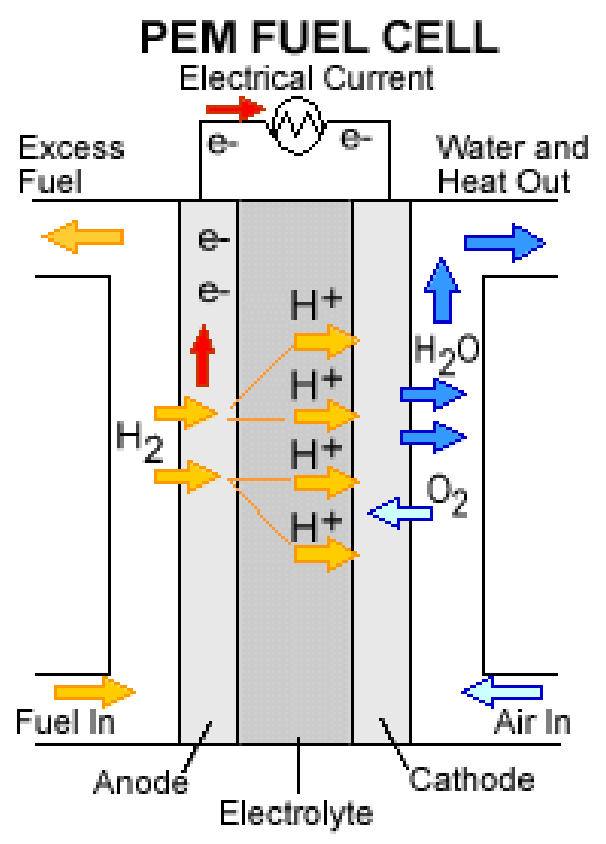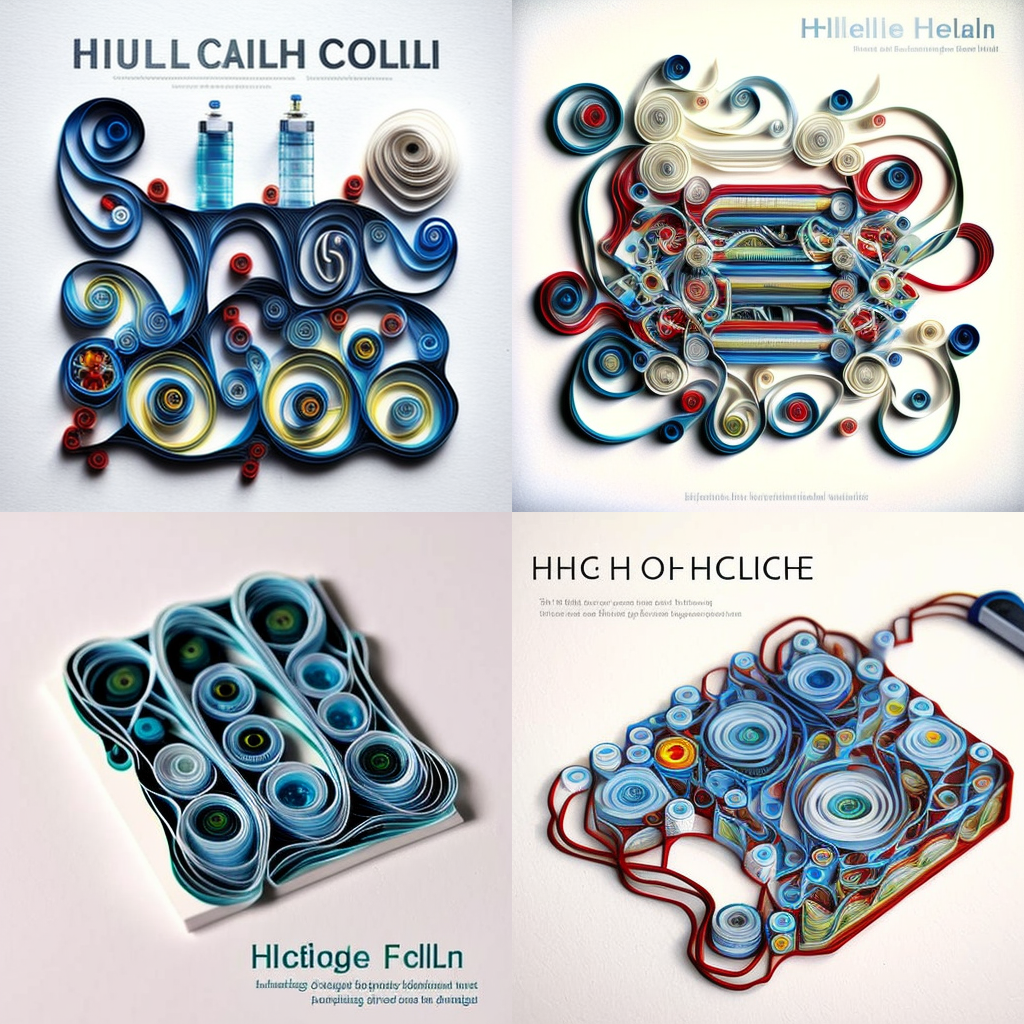
The question is, “Are there explosion risks associated with hydrogen fuel cells?” This technology is much less likely to combust compared to gasoline, making it safer than traditional fossil fuels. It also outperforms natural gas and gasoline in terms of cleanliness. Moreover, hydrogen is not considered a factor in climate change, making it a viable eco-friendly energy choice.
Is hydrogen fuel cell technology safe?
There are many questions surrounding the safety of hydrogen fuel cell technology. The primary concern is the potential for fire or explosion in a confined hydrogen environment. While the containment systems currently in use, such as the NEXO, are designed to keep the hydrogen leakage to 1/60th of the government’s policy, accidents can still occur. In most cases, however, hydrogen leakage in a confined space will not result in a fire or explosion.
While hydrogen fuel cell technology is safe, the processes used to produce the fuel may not be. The majority of hydrogen is still produced through the burning of fossil fuels, which poses health risks. Emissions from fossil fuel combustion can lead to asthma, heart attacks and lung cancer. As hydrogen production increases, so does the potential for greenhouse gas emissions. The good news is that there are green hydrogen alternatives available to address these risks.
Although conventional hydrogen production isn’t environmentally friendly, “green hydrogen” can be produced using renewable energy sources. This can help us achieve a carbon-neutral economy by 2050 – a goal required to offset the worst effects of climate change. However, this new generation of fuel cells may pose new safety risks if they are not produced in an environmentally responsible way.
Hydrogen is safer than traditional fuels, and this is in addition to its environmental benefits. While it is lighter, safer, and more efficient than conventional fuels, there are some concerns associated with this new technology. Green hydrogen is less polluted than conventional fuels. Recent research has shown that green hydrogen is safer to use than conventional fuels.
Hydrogen fuel cells provide a clean source of energy. These cells don’t require large amounts of land and do not produce harmful emissions. NASA has even been researching the use of hydrogen as a resource. They are better than natural gas, coal, and nuclear power. They are also cheaper and easier to use.
Although hydrogen is highly resistant and flammable, engineers have taken steps in order to make the process as safe as possible. For example, the NEXO has been awarded the maximum five-star rating by Euro NCAP. It also features a safety feature that allows charging only when the ignition is turned off.
Although hydrogen fuel cells are more expensive than other sources of energy, they are more efficient than solar panels and other conventional fuels. Their high cost is a major barrier to widespread adoption. However, if this is solved, the technology can be used on a large scale. A number of industries can benefit from hydrogen fuel cell technology.
Fiat Chrysler does not sell hydrogen fuel cell vehicles in the United States, but it has been backing research into hydrogen technology for 15 years. Lancaster University is working on a material that will make fuel tanks smaller and more affordable. In addition, the company is also partnering with the government of Quebec to build hydrogen infrastructure in Montreal.
Is it less combustible than gasoline?
A popular question in the automotive industry is “Is hydrogen fuel cell less combustible than gasoline?” The answer is “yes”. Hydrogen is 14 times lighter than air so it rises quickly in the air and disperses quickly. However, propane and gasoline vapors pool at ground level, which is where danger is most apparent. Moreover, hydrogen flames emit low radiant energy, which makes them less dangerous than gasoline or propane.
There are many ways to make hydrogen fuel cells. The most common is steam-methane conversion. The process involves using high-temperature steam to react with methane gas, yielding hydrogen and carbon monoxide. Pressure-swing adsorption is used to remove the water and carbon dioxide. This method can also be used to produce hydrogen for use in gasoline, ethanol, and propane, among other fuels. Oil refineries use this process to remove sulfur from petroleum and to produce hydrogen fuel.
Hydrogen fuel cells also have zero emissions. They produce no tailpipe emissions, no smog, and no greenhouse gas emissions. While hydrogen-powered vehicles have zero tailpipe emissions, the process to make hydrogen fuel requires large amounts of energy, and the type of source used is important. Some hydrogen sources come from trash, and hydrogen can even be produced from the waste from a landfill.
Hydrogen does pose a safety concern, especially because it is flammable. Hydrogen is safer than gasoline, however. Hydrogen is 14 times lighter than air, making it less likely that it will ignite. Hydrogen does not pollute waterways like gasoline and natural gas. Hydrogen will also rise rapidly from the ground, making them less combustible that gasoline.
Although hydrogen fuel cells are not yet widely available, the technology will be ready for widespread use in coming years. They can be used for a variety purposes, including fuel cells for electric cars. Honda, Toyota, Hyundai and Toyota were among the first to introduce fuel-cell vehicles. Other manufacturers are also working on hydrogen-powered electric cars.
Hydrogen is the most abundant element of the universe, accounting for nearly 75 percent of all matter. However, hydrogen is not naturally occurring in its pure state on Earth and must be extracted from hydrocarbons. Hydrogen production is energy-intensive, but it is possible to use renewable energy sources to produce it. Electrolysis is a method that extracts hydrogen from water. This process reduces the harmful emissions associated other forms of energy production.
Hydrogen can be made locally and is an alternative to diesel fuel in remote locations. It can also help to achieve a carbon neutral economy by 2050, which is crucial for addressing the climate crisis. But hydrogen is still more expensive than other forms of fuel, such as solar panels. This is why hydrogen is not widely used as an alternative fuel source.
Is it safer than fossil fuels?
Hydrogen is a clean fuel, which is produced using renewable energy in an environmentally responsible way. It is non-toxic, dissipates quickly, and is therefore safer than other fuels. The Department of Energy has also approved hydrogen’s safety.
Hydrogen fuel cells produce only water and heat, and emit no pollutants. This is important as fossil fuel vehicle emissions are the main source of atmospheric pollution. These emissions are caused by the combustion of fossil fuels. This results in the release of greenhouse gases and nitrous dioxide into the atmosphere. Hydrogen fuel cells are safer than fossil fuels because they do not emit carbon dioxide and nitrous oxide.
Hydrogen fuel cells can help reduce a nation’s dependency on fossil fuels and democratize energy supplies around the world. This increased independence will be particularly beneficial to countries that are heavily reliant on fossil fuels. This will also help to prevent the rising price of fossil fuels.
The fossil fuel industry is excited about hydrogen as a safe alternative to oil. It may replace many fossil fuel uses, but many projects are designed to lock in continued use and additional fossil fuel infrastructure investments. It is important to remember that hydrogen is not a greener option than oil or coal, and should not be used to justify building more facilities.
There are numerous safety measures designed to ensure the safe use of hydrogen. These safety measures include leak sensors, adequate ventilation, special flame detectors, and proper ventilation. The tanks are also pressurized and equipped with thermally activated pressure relief mechanisms. These features ensure that hydrogen doesn’t ignite even if there is an accident or leak.
Fuel cell electric vehicles will be mass-produced in the coming years and could compete with hybrid counterparts. To make the hydrogen economy economically viable, however, it is important that the price of these vehicles does not fall. Fuel cell electric vehicles are expected to be similar to their hybrid counterparts by 2025.
The only hydrogen-powered cars currently on the market are both the Toyota Mirai SUV and the Hyundai Nexo SUV. Both of these cars are quite expensive at around PS50,000 and PS69,000, respectively. While this technology is highly advanced, the practicalities of hydrogen adoption remain complex. For now, the biggest advantage of hydrogen-powered cars is the ability to quickly refuel without running out of fuel.
Hi, I’m Emma. I’m the Editor in Chief of Tiny House 43, a blog all about tiny houses. While tree houses are often associated with childhood, they can be the perfect adult retreat. They offer a cozy space to relax and unwind, surrounded by nature. And since they’re typically built on stilts or raised platforms, they offer stunning views that traditional homes simply can’t match. If you’re looking for a unique and romantic getaway, a tree house tiny house might just be the perfect option.










